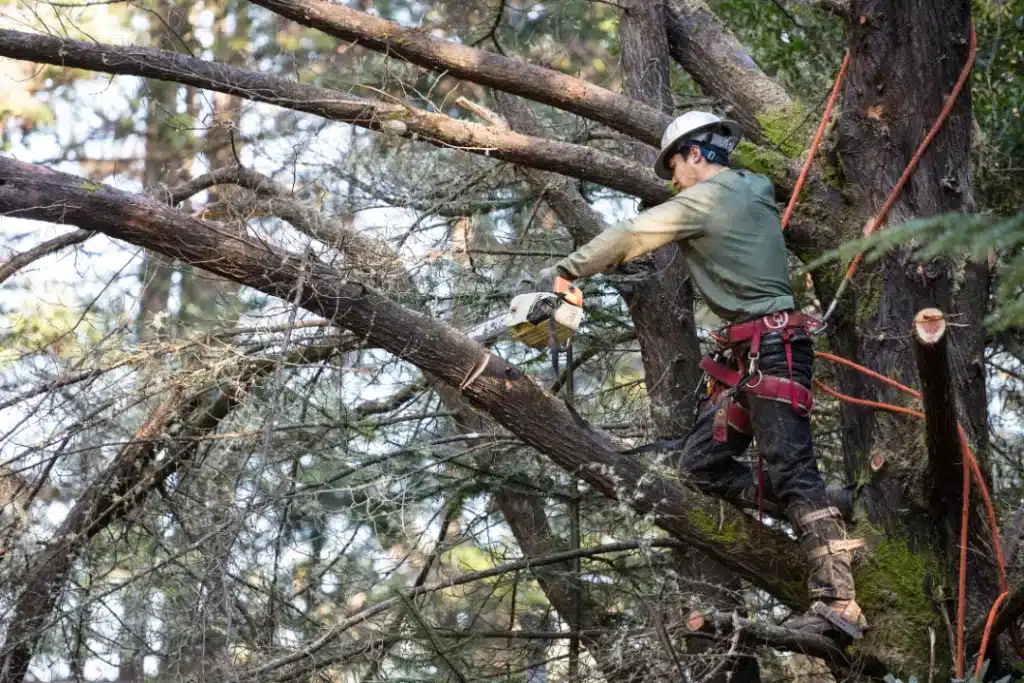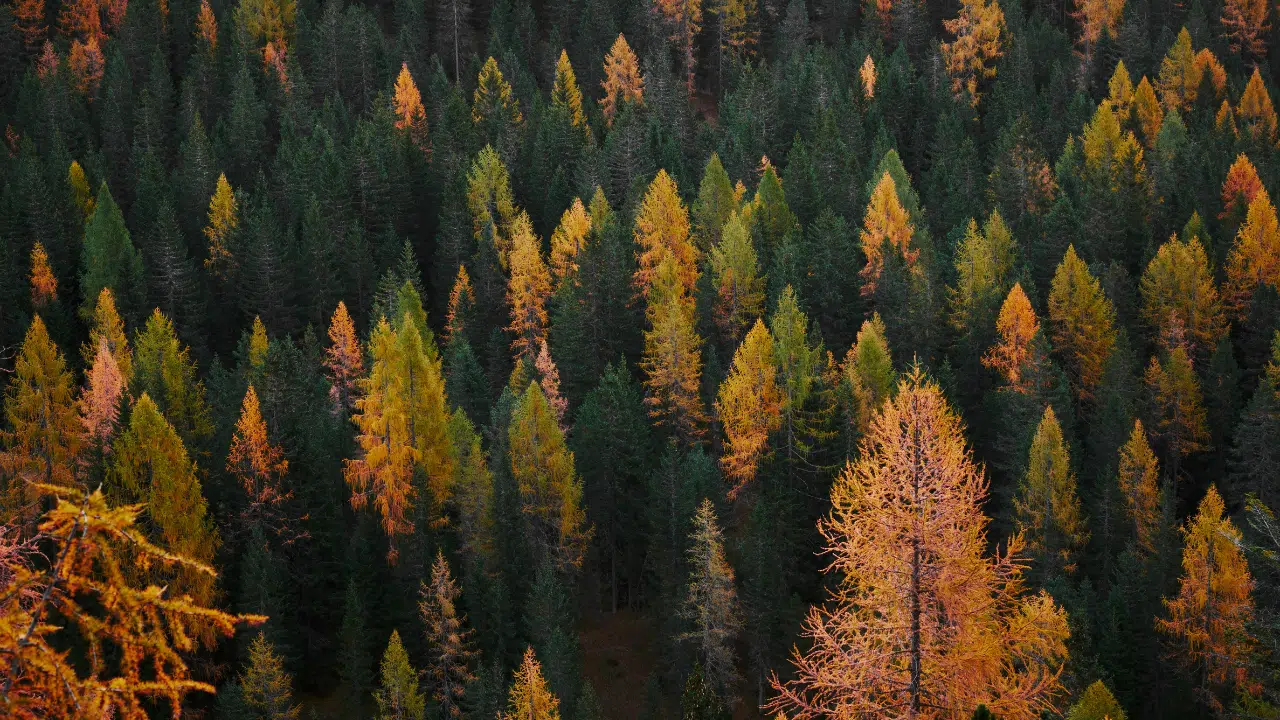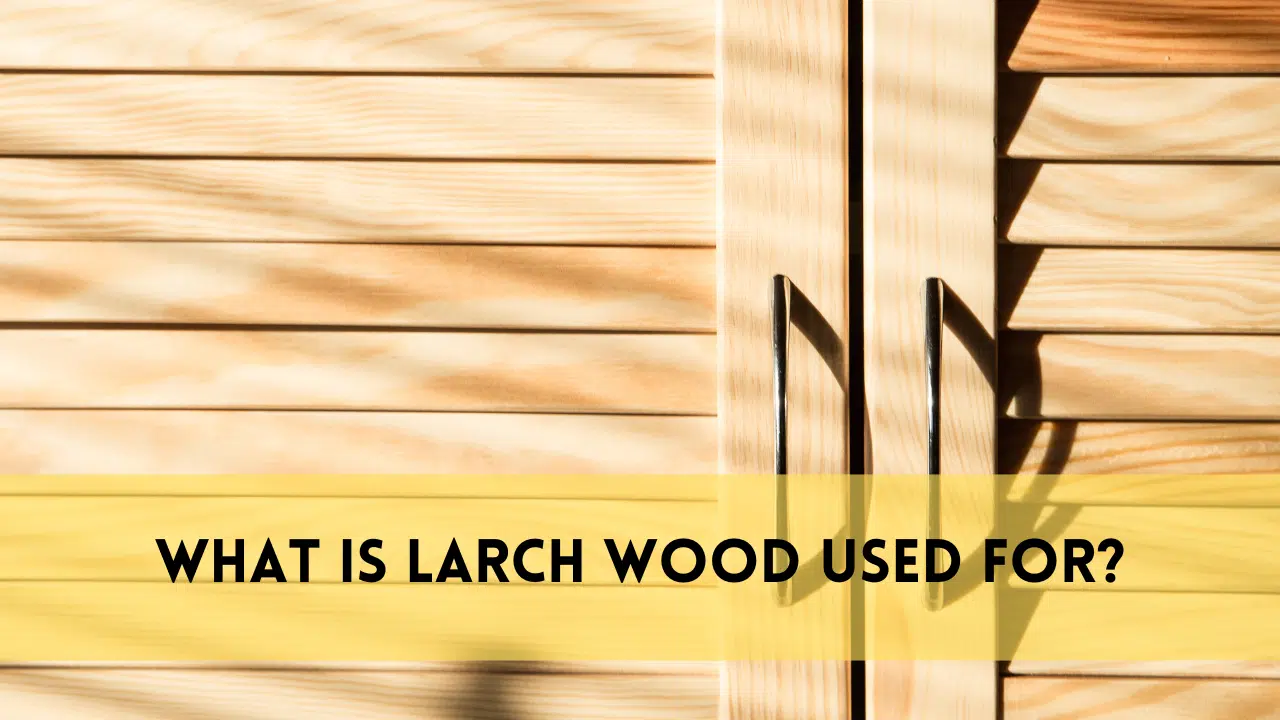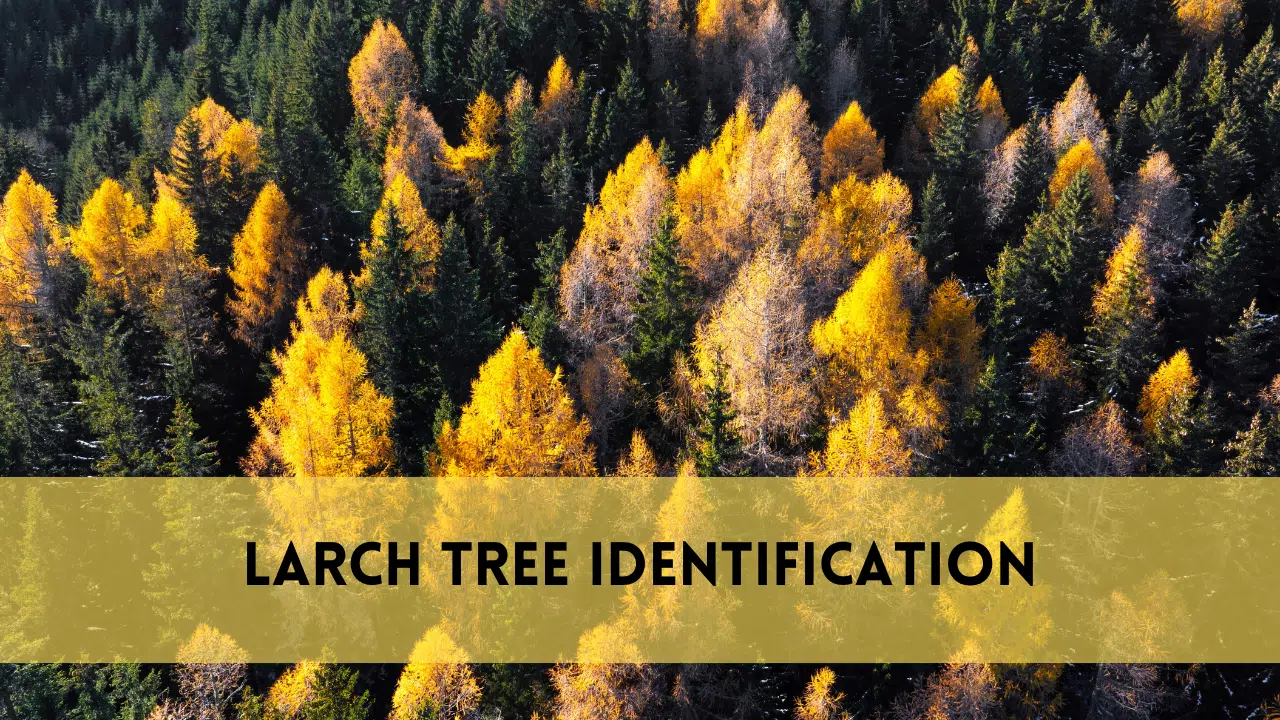Welcome to our detailed guide on larch tree identification, designed exclusively for Montgomery’s tree enthusiasts and arborists. Larch trees, noted for their unique traits and ecological significance, are an intriguing part of the local flora.
In this essay, we will look at the intricacies of larch tree identification, including their distinguishing characteristics, habitats, and significance in the Montgomery region. Larch trees are well-known for their deciduous nature, shedding needles annually and displaying vivid autumn colors.
Understanding larch tree indentification is critical to successful tree management and conservation initiatives. Join us on a trip to explore the secrets of larch tree identification, with important insights and practical recommendations for both tree enthusiasts and experts. Whether you’re an experienced arborist.
Larch Tree Identification
What Are Larch Trees?
Larch trees, formally classified under the genus Larix, are deciduous conifers distinguished by needle-like leaves that turn golden-yellow in fall before shedding. These trees are well-known for their remarkable beauty and ecological significance. Larche trees identification is essential for recoginising these magestic trees, which grow in temperate parts of the Northern Hemisphere, including North America, Europe, and Asia.
One of the unique characteristics of larch tree identification is their small, erect cones, which produce winged seeds. Unlike other conifers, larch trees are deciduous, which means they shed their needles in the fall and replant them in the spring. This distinguishing feature sets them apart and makes them noticeable, especially in the autumn when their leaf transforms into a beautiful display of colors.
Larch trees are valuable for their timber, which is highly durable and resistant to rot. They also play an important function in forest ecosystems, providing a home for a variety of wildlife species while also helping to stabilize soil and cycle nutrients. Understanding larch tree identification and their ecological importance of larch trees is essential for effective conservation and management practices.
Importance of Larch Trees
Larch trees serve an important role in many ecosystems, benefiting both the environment and human societies.
Larch trees contribute to biodiversity by providing habitat and food for a wide range of creatures. Their dense foliage and cones provide protection and nesting sites for birds and small mammals, while the seeds feed birds and rodents.
Furthermore, larch forests assist in controlling water cycles, minimizing soil erosion, and promoting soil fertility. Larch trees are economically valuable because of their high-quality timber, which is sought for its strength, durability, and rot resistance.
This timber is utilized in the building, furniture, and woodworking industries. Furthermore, larch trees contribute to recreational and aesthetic value by beautifying landscapes.
Larch Trees Identification by Appearance
larch tree identification by appearance necessitates paying attention to unique characteristics that set them apart from other conifers. One distinguishing feature is that they are deciduous, trees shed their needles once a year. During the growing season, these needles form clusters and are normally short, delicate, and light green. In the fall, they turn a beautiful golden-yellow before dropping off, making larch tree identification easier during seasonal changes.
Larch trees feature characteristic cones that are small, erect, and oval in shape. These cones, which carry winged seeds, are commonly found hanging from the branches. In addition, while young, larch trees have a conical or pyramidal shape with horizontal branches. As they grow older, their crown becomes broader and more uneven in shape.
Another distinguishing trait in the larch tree identification is the bark, which is smooth and grayish-brown when young but develops furrows and ridges over time.
By paying attention to these larch tree identification qualities, people can confidently recognize larch trees in their natural environment or landscape.
Larch Tree Habitats
Larch trees are indigenous to the northern areas of the Northern Hemisphere, where they thrive in a range of environments. Larch tree identification is easier in boreal forest, especially in areas with cool, damp weather and well-drained soils.
Larch trees are frequently found growing alongside other coniferous species, including pine, spruce, and firs. These trees thrive in regions with plenty of sunlight and are frequently found along riverbanks, lakeshores, and mountain slopes.
They can also handle a variety of soil types, including sandy, loamy, and rocky soils, as long as they are well-drained.In addition to their natural environments, larch trees are grown as ornamentals in parks, gardens, and urban landscapes.
Their vibrant fall foliage and graceful form make them popular choices for landscaping projects. Overall, larch trees can adapt to a variety of environmental circumstances, making them a flexible and robust species in both their natural and cultivated habitats.
Physical Characteristics of Larch Tree
Larch trees of the Larix genus can be recognized by several physical traits. They are deciduous conifers, which means they shed their needle-like leaves every year. During the growing season, these leaves, which are usually grouped in clusters or spirals along the branches, are delicate, slender, and light green.
One of the most distinguishing characteristics of larch trees is their cones. Larch cones are tiny, woody structures that grow on branches and carry seeds. They are normally egg-shaped and grow to brown, releasing seeds that disperse in the wind.
Larch tree size varies based on the species. They can be medium-sized or huge trees, with heights ranging from 50 to 150 feet. A larch tree’s trunk is typically straight and tall, with tough bark that gets deeply furrowed as the tree grows.
Overall, these morphological traits contribute to the distinct appearance of larch trees in their natural settings.
FAQs
How can I distinguish larch trees from other conifers?
Larch trees are defined by their deciduous growth and clusters of delicate, needle-like leaves.
Are larch trees appropriate for urban landscaping?
Although larch trees thrive in wet, cool regions, several kinds can adapt to urban surroundings with adequate care.
Does every larch tree shed its needles in the fall?
Larch trees are deciduous conifers, which shed their needles in the autumn months.
Can larch trees tolerate hard winters?
Larch trees are well-suited to cold areas and can withstand freezing conditions.
Are larch trees prone to any diseases or pests?
Larch trees may encounter issues such as Phytophthora root rot and larch casebearer infestations.
How can I improve the health of the larch trees on my property?
Regular pruning, adequate watering, and soil maintenance are key factors in maintaining the vitality of larch trees.
Conclusion
Finally, arborists and tree removal professionals in Montgomery and beyond must comprehend larch tree identification. Larch trees, with their distinct look and environmental requirements, are valuable assets in both natural and human populations.
Arborists can better manage forest resources, maintain biodiversity, and ensure the long-term use of timber resources by recognizing these trees correctly. Recognizing the importance of larch trees also emphasizes the necessity for conservation efforts to protect their habitats and biological functions.
As we continue to face environmental difficulties and strive for sustainable methods, understanding and appreciating larch trees will be crucial.





